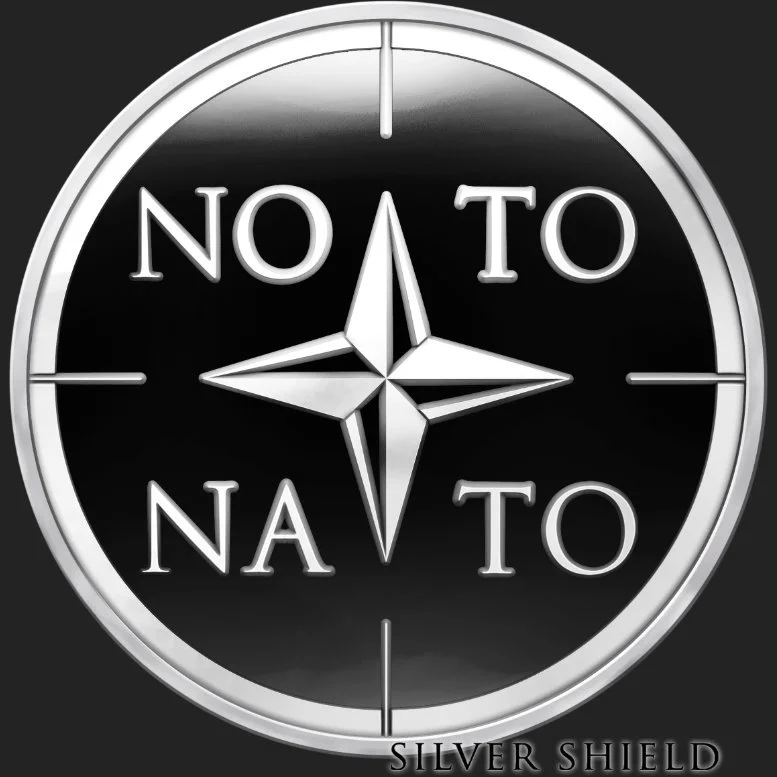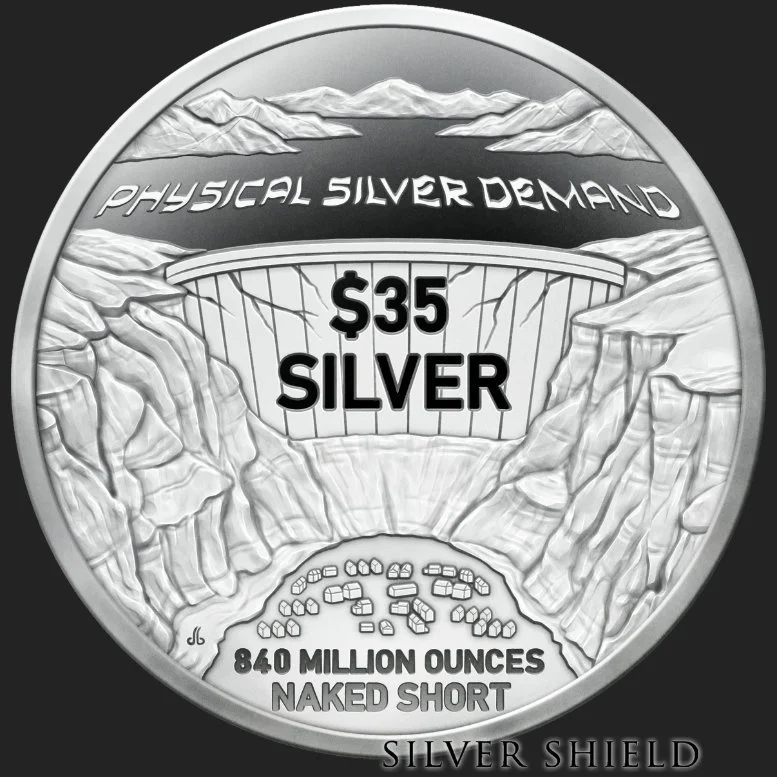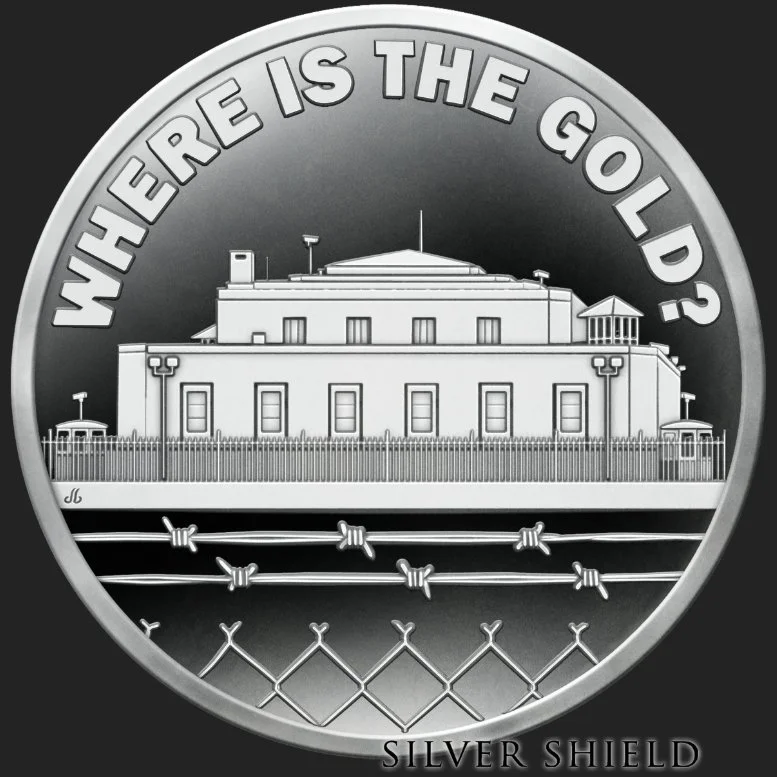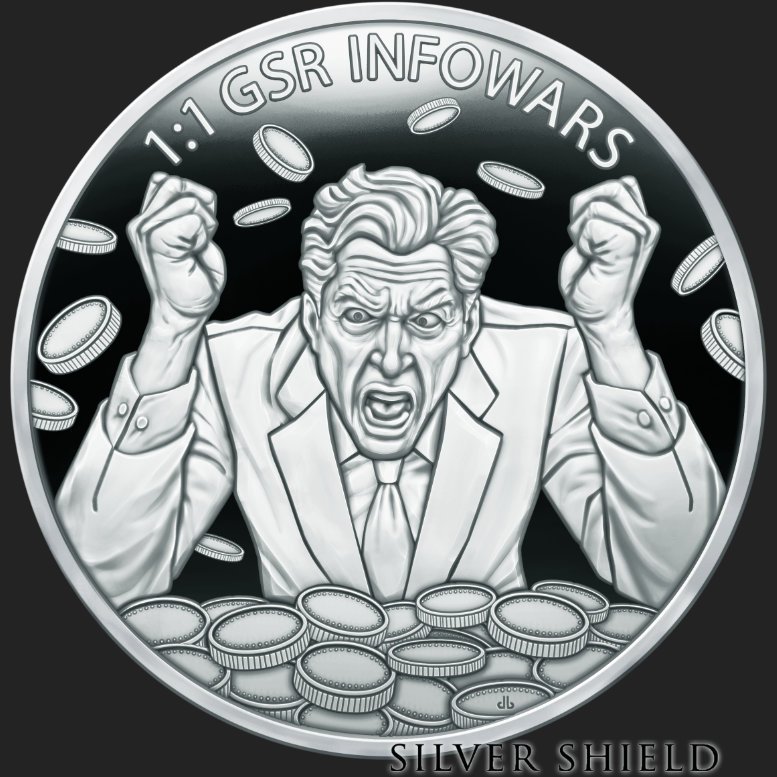No to NATO: Why America Needs to Exit the Alliance Now
Chris’s new coin, NO TO NATO, reflects the need for action.
The North Atlantic Treaty Organization (NATO) was established in 1949 after the conclusion of World War II. There were twelve founding members, including the United States, the United Kingdom, France, Italy, Canada, Portugal, Iceland, Norway, Denmark, Sweden, Belgium, and the Netherlands.
The premise behind the creation of this alliance was their mutual defense against Russia. The Russian Revolution of 1917 resulted in the destruction of the Romanov dynasty. The apex of the revolution occurred when the Bolshevik Marxist leader, Vladimir Lenin, ordered the execution of the royal family. On July 17, 1918, Czar Nicholas, Czarina Alexandra and their five children, Olga (22), Tatiana (21), Maria (19), Anastasia (17), and Alexei (13) were slaughtered by gun and bayonet in the basement of the building in which they were being held. This event ended the Romanovs’ 300-year-old rule of Russia and also spawned the creation of the Union of Soviet Socialist Republics (USSR).
The conclusion of World War II in 1945 did not quell Communist Russia’s desire to aggressively pursue the expansion of its territory. This became the greatest threat to the European and North American countries, not only because some of the countries bordered Russia, including Finland, Poland and Norway, but because throughout history those three countries had been successfully invaded by Russia on multiple occasions and were obviously unable to protect the remainder of Europe from a Russian invasion. Russia was big, bold, and threatening, and as a result, NATO was created to offset the menace they posed to the world.
The original 1949 treaty required that the member countries come to the aid of other members in the event that any one of them were invaded. There were no provisions or requirements that any country contribute a specific amount of money towards that goal. Every member was to simply maintain their own defense mechanism, both militarily and financially.
Due to the United States’ military and financial might, it had the largest military machine on earth. That superiority also resulted in its becoming the primary player within NATO as well as the primary participant in the efforts to rebuild Europe after the war.
Today, despite the dissolution of the USSR in 1991, there are now 31 members in NATO. These countries include Greece, Turkey, Germany, and most of the smaller countries bordering Russia. Not only are the member countries concerned about Russia’s ambitions, but they are now focused on China and Iran's global intentions, too.
The role the United States continues to play in the sustainability of NATO, which now includes its air-defense system, command and control systems, and military infrastructure, is huge. NATO has continued to expand over the decades despite the smaller countries failing to maintain their own militaries. This has forced the United States to pick up the slack and become their guardian angels both militarily and financially. And despite America providing nearly everything NATO needs to survive, it is often treated with disdain by a majority of the member nations, who routinely reject out of hand our requests, topics for discussions, or submitted referendums due to NATO’s consensus decision-making process.
Today, many of these countries, including Canada, primarily rely on the United States for their defense. America maintains its military at the highest levels possible, while other members’ military expenditures continue to decline, which affects NATO’s budget
In 2024, America’s required contribution of 16% of the NATO budget equaled a $753 million direct payment to the organization. But that’s just the tip of the iceberg, as our military prowess is available to all members. This predicament has forced the United States to expand its reach across the globe, as other members’ militaries shrink. This indirectly inflates our military budget, which now stands at over $800 billion annually. Those military contributions represent 42% of NATO’s total military spending!
The United States taxpayer has been stretched to the limit.
Many can’t afford to maintain their homes, and more are up to their necks in debt, just as is our federal government. 2024 saw government deficit spending rise to $1.8 TRILLION, which was a whopping $138 BILLION increase over the previous year.
We no longer have the luxury of being the fairy Godmother to the world. Nor can we afford to continue to be the primary purveyor of protection for the rest of the world because we are nearing bankruptcy ourselves!
Something has to give! And insisting that the other members of NATO begin to contribute their fair share towards their own defense is a good start. Recently, President Trump requested that each country contribute 5% of its GDP towards NATO obligations. But, despite Trump’s success during his first term when, at his insistence, the member nations increased their defense spending by $50 billion, nearly all other efforts in that regard have failed to bring the members up to their commitment requirements.
When you consider the enormous federal deficit the American taxpayer is carrying and the chronic, never-ending pushback experienced by the United States when it requests these required contributions, it may be time to just take our ball and bat and go home.
Just as Chris’s new coin, NO TO NATO, immortalizes, the United States should withdraw from NATO altogether.
That one, single move would drastically reduce the financial burden on the American taxpayers, as well as be a wake-up call to the foreign squelchers who prefer that their defense be America's financial burden as well.
NO MORE! TIME TO GET OUT!
Other 2025 Silver Shield Proof Round releases






























































